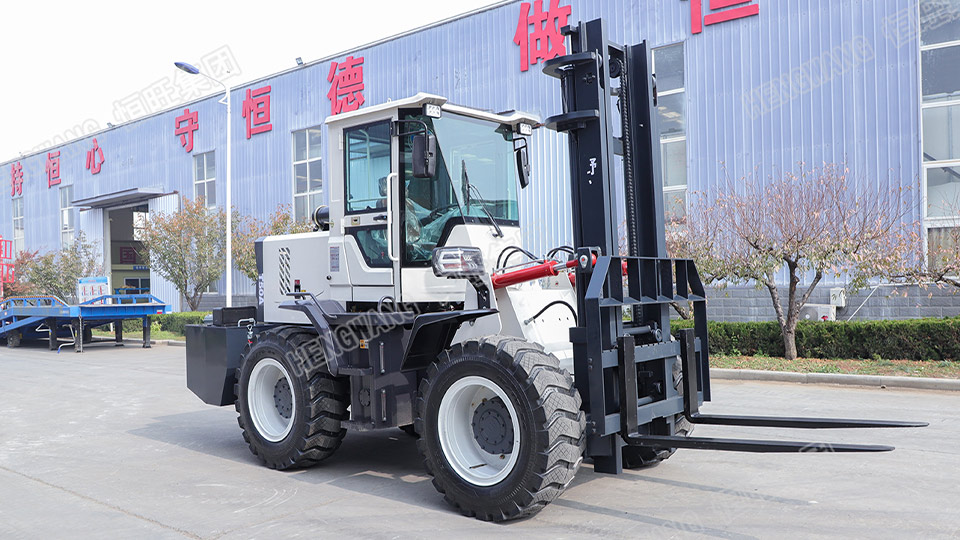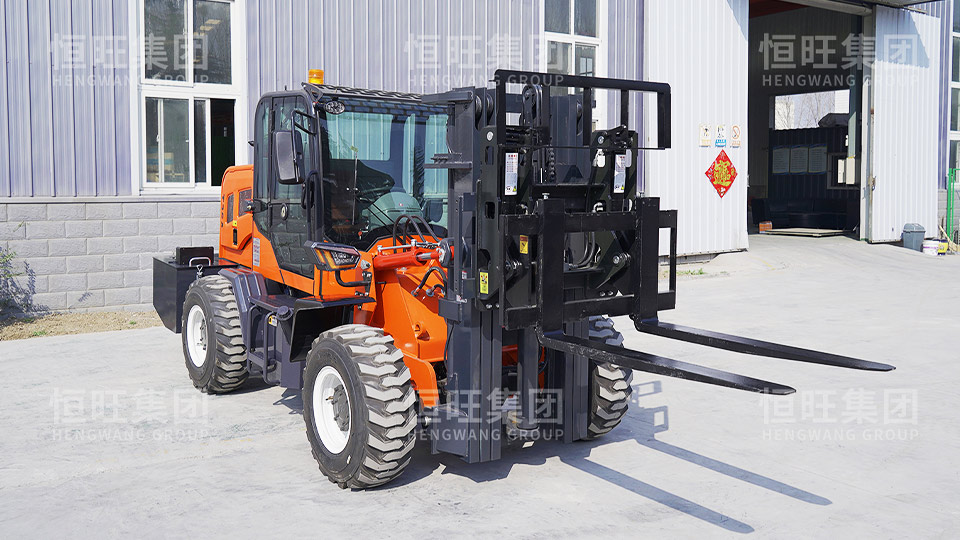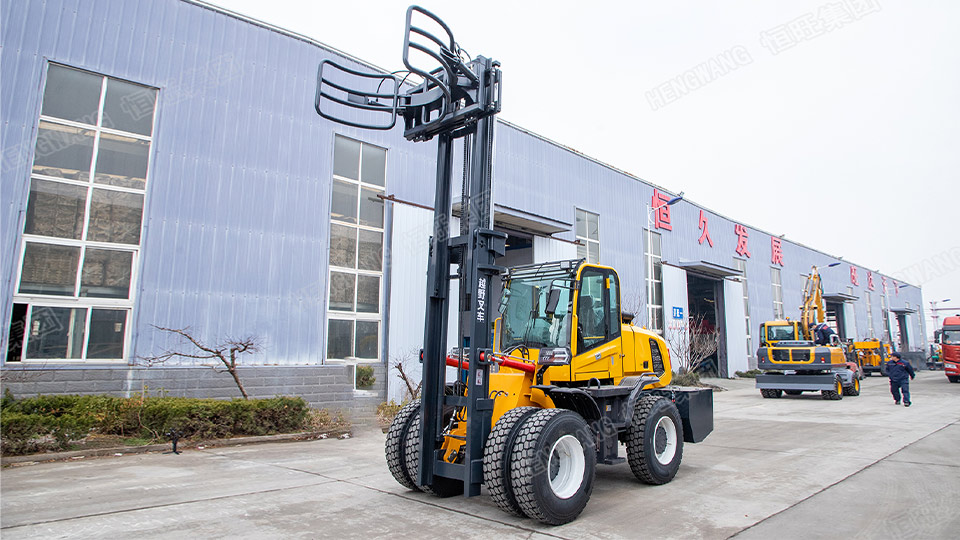For equipment purchasers, selecting a suitable off-road forklift is crucial for enhancing operational efficiency and controlling costs. Mastering the core logic of how to choose an off-road forklift is the key to making precise decisions among numerous products. The following guide will break down the key purchasing points from four major dimensions.
I. How to choose an off-road forklift: Defining operational requirements and working conditions is the first step
Before procurement, it is essential to conduct a detailed analysis of the forklift's usage scenarios. When used in outdoor complex terrains such as construction sites and mines, factors like ground slope, muddiness, and sandy conditions need to be considered, requiring the forklift to have strong off-road capabilities. If the primary use is for indoor handling in logistics warehouses, greater emphasis should be placed on the forklift's flexibility and spatial adaptability. Meanwhile, clarifying the weight, size, and lifting height of the goods to be handled daily is also necessary. For handling large mechanical components, a forklift with higher rated load capacity and lifting height is required. This is the foundation of how to choose an off-road forklift.

II. How to choose an off-road forklift: Core performance parameters are crucial
The power system of an off-road forklift is of utmost importance. Fuel-powered forklifts offer strong power and long endurance, making them suitable for long-term heavy-duty outdoor operations. Electric forklifts, with their environmental friendliness and low noise, are more suitable for indoor or park operations with high environmental requirements. In addition, off-road performance parameters such as ground clearance, approach angle, and departure angle directly affect the vehicle's ability to pass through complex terrains. Models with large tires and high ground clearance can easily navigate rough roads, which are parameters that must be compared when how to choose an off-road forklift.
III. How to choose an off-road forklift: Safety and intelligent configurations cannot be overlooked
Safety configurations are indispensable. Anti-tip devices, emergency braking systems, and cab designs with good visibility can effectively ensure operational safety. With the development of technology, intelligent configurations have become important plus points. Forklifts equipped with fault warning, remote monitoring, and automatic diagnosis functions can detect potential hazards in advance, reducing maintenance costs and downtime. This is also a key area to focus on when how to choose an off-road forklift.

IV. How to choose an off-road forklift: The total cost of the life cycle determines cost-effectiveness
The procurement cost is not the only consideration; the total cost of the equipment's life cycle is even more critical, including fuel/electricity consumption, maintenance costs, and replacement costs of vulnerable parts. Choosing brands with reliable quality and a comprehensive after-sales network may result in a higher initial purchase price, but it can significantly reduce maintenance and downtime losses in the long run, offering higher cost-effectiveness. This is an important basis for decision-making when how to choose an off-road forklift.
This guide covers the key points of how to choose an off-road forklift. If you have any other questions during the procurement process or would like specific product recommendations, feel free to contact Hengwang for further communication.

